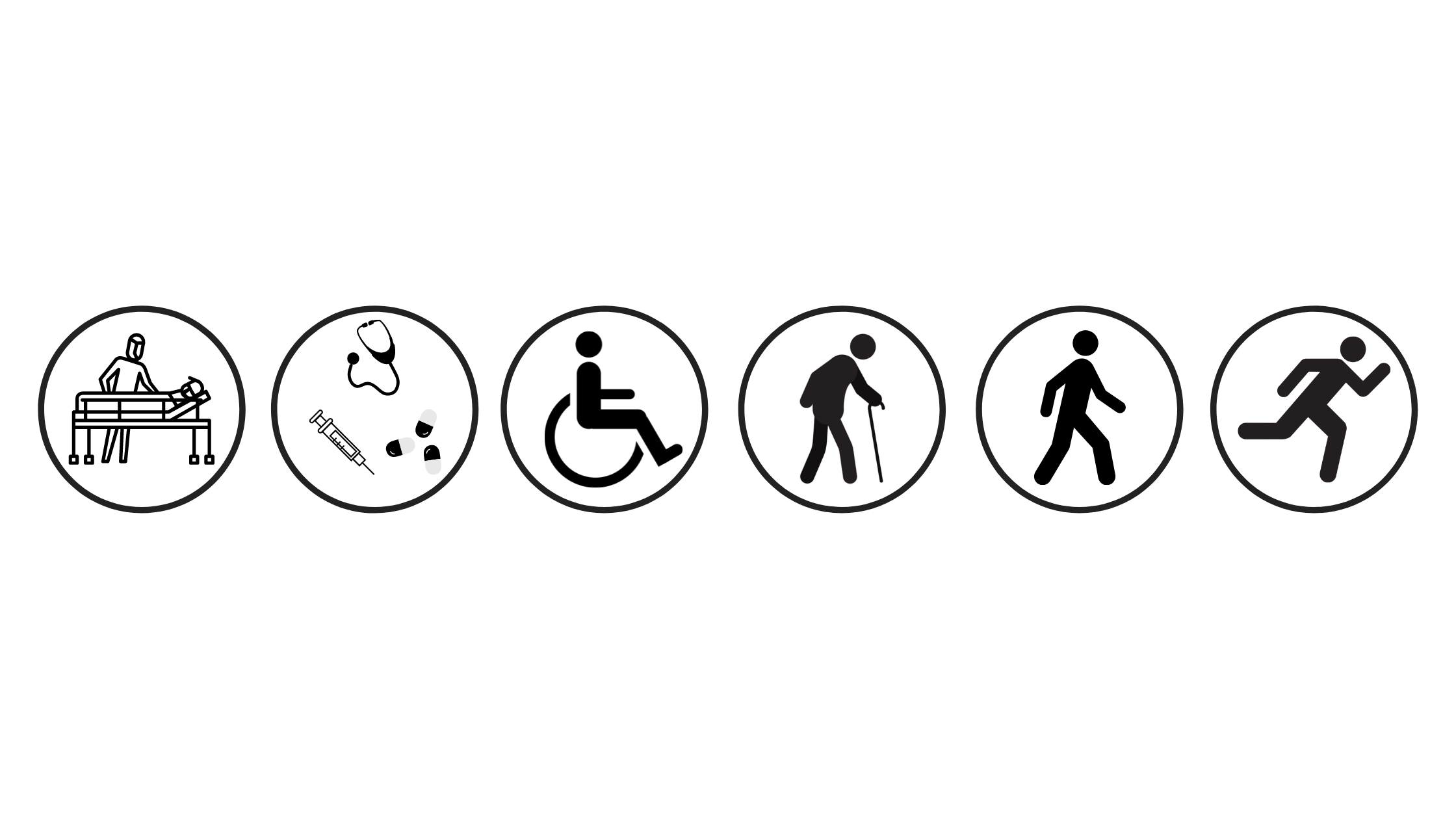Over the years, many studies have shown the benefits of continuity of care in the acute care setting. At first glance, what could be easier? I rounded on the patient yesterday I should round on the patient again today. However, many factors prevent the same hospitalist from seeing the same patient every day. Here are the top 5 reasons for discontinuity of care:
- Hospitalists do not work 365 days a year. When a hospitalist goes off duty another hospitalist must cover his patients.
- The patient is upgraded to the ICU.
- The patient is transferred outside the rounding area for a geographically based hospitalist.
- The patient is discharged but readmitted within 90 days.
Every morning, in hospitals all around the country, hours are spent attempting to maintain continuity of care during the patient assignment process. The goal is to minimize the number of hospitalists any one patient will see during a hospitalization. For many, this is a difficult, error prone, manual task.
Software Innovation
Fortunately, innovate software technology has been developed to assist in the creation of complex rounding list. Such technology can determine optimal patient assignments based on continuity, patient type, geography, and other factors. The logic can even be applied during readmissions, maintaining continuity of care across hospitalizations.
Why is continuity of care important?
The benefits of maintaining continuity of care are numerous. Here are a few of the benefits along with the studies that support them.
Reduced Average Length of Stay[1][3]
There is a strong correlation between continuity of care and discharge rate. A physician who is familiar with the patient is more likely to discharge than a physician with less familiarity. The concept is simple, but the impact can be profound.
Better Patient Outcomes[2][3]
Continuity of care has been linked to patient outcomes. Studies have shown that hospitals that maintain continuity see lower 30-day mortality after discharge, lower readmissions, higher rates of discharge to the home, and lower 30-day post-discharge costs. Continuity of care has also been proven to decrease mortality during a hospitalization.
Increased Patient and Physician Satisfaction[4]
Both physicians and patients benefit when continuity is maintained. The relationships developed foster a patient’s confidence that they are receiving quality care. For the physician continuity is tied to a sense of control, that assignments are being made with optimal outcomes in mind.
Sources
1The Influence of Inpatient Physician Continuity on Hospital Discharge
J Gen Intern Med 2019 Sep;34(9):1709-1714. doi: 10.1007/s11606-019-05031-5. Epub 2019 Jun 13
https://pubmed.ncbi.nlm.nih.gov/31197735/
2Association of the Work Schedules of Hospitalists With Patient Outcomes of Hospitalization
JAMA Intern Med. 2020;180(2):215-222. doi:10.1001/jamainternmed.2019.5193
https://jamanetwork.com/journals/jamainternalmedicine/fullarticle/2755292
3Incorporating Continuity in a 7-On 7-Off Hospitalist Model and the Correlation With Patient Handoffs and Length of Stay
December 20, 2018
https://journals.sagepub.com/doi/abs/10.1177/1062860618818355
4Continuity of care to optimize chronic disease management in the community setting: an evidence-based analysis.
Ont Health Technol Assess Ser [Internet]. 2013 September;13(6):1–41.
http://www.hqontario.ca/en/documents/eds/2013/full-report-OCDMcontinuity-of-care.pdf
Get the latest updates and news delivered to your inbox.
Subscribe to our newsletter today.





